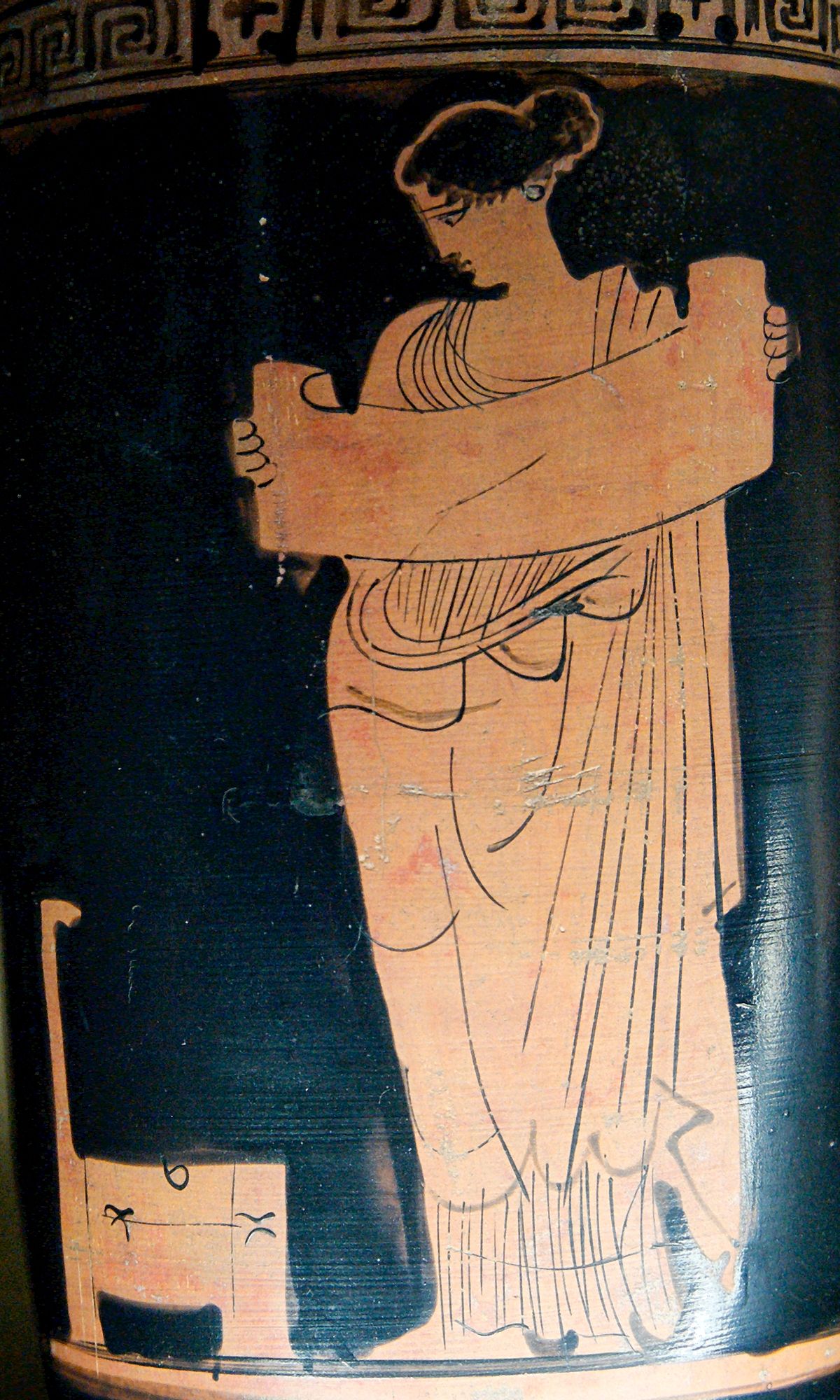[This post is the last of a series on Joseph Smith’s Polygamy. To read from the beginning or link to previously published posts, go to A Faithful Joseph.]

In the fall of 2012, Taylor volunteered to campaign for one of the two US presidential candidates. He was primarily motivated by political ideology, but he also hoped that he might meet someone. He’d fought for his country in Iraq and served a mission to Thailand. For a couple of years since his mission, Taylor had been hoping to meet someone he could marry. He’d dated, of course, and he’d introduce whichever woman he was dating to his family, only to eventually have to tell well-wishers that, no, he was no longer dating this woman or that woman.
In the pre-dawn mist, Taylor surveyed the group of fellow campaigners that had gathered at the vans that would take them to a swing district for the weekend of campaigning. Instead of the group of college students he’d expected, the other campaigners were mature individuals or children. Resigned, Taylor set about making friends of those around him.
After dawn, the vans of campaigners stopped for a break. Taylor noticed that amidst the older folks and helpful children, there was a woman. She was bundled in her coat against the fall chill, hair pulled back in a knot, glasses framing an attractive face of undetermined age. Taylor turned back to his new-found friends and continued their discussion, not wanting to make his new friends feel he was willing to ditch them just for an attractive woman. Particularly if the woman turned out to be much older or married or otherwise uninterested in a person like himself. However Taylor’s new friends urged him to meet the lady on the other side of the group.
Her name, Taylor learned, was Shazia. And, no, she wasn’t in her thirties, nor was she married. As the weekend progressed, in the midst of their village of fellow campaigners, Taylor and Shazia began to learn how much they shared in common: music, academics, a love of the outdoors, politics, having a parent from Asia, pioneer heritage, ancestors who were shot at Carthage jail.[]
In time Taylor introduced Shazia to his family and updated his Facebook status. Eventually an e-mail from Taylor’s grandmother went out, days before Valentine’s Day, with the subject “Taylor’s technically not engaged yet, but the marriage is set…”
Thus began one of the myriad love stories of those who believe in the importance of marriage, of those who believe their unions can last for eternity.
Continue reading God’s Strange Act: A Legacy







 Before Joseph’s death in the summer of 1844, over a hundred men and women had entered into plural marriages. However except for six of these couples,[
Before Joseph’s death in the summer of 1844, over a hundred men and women had entered into plural marriages. However except for six of these couples,[